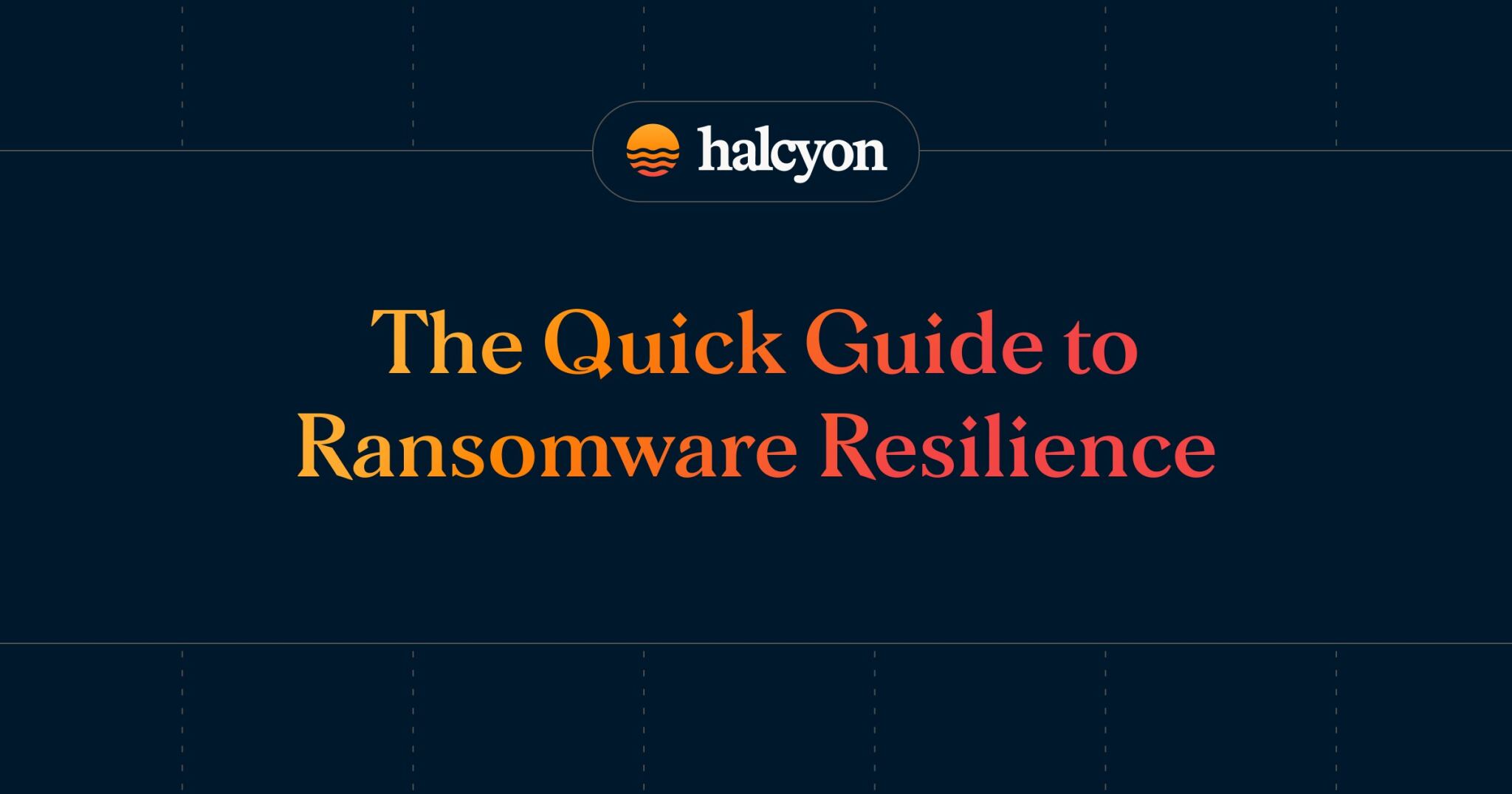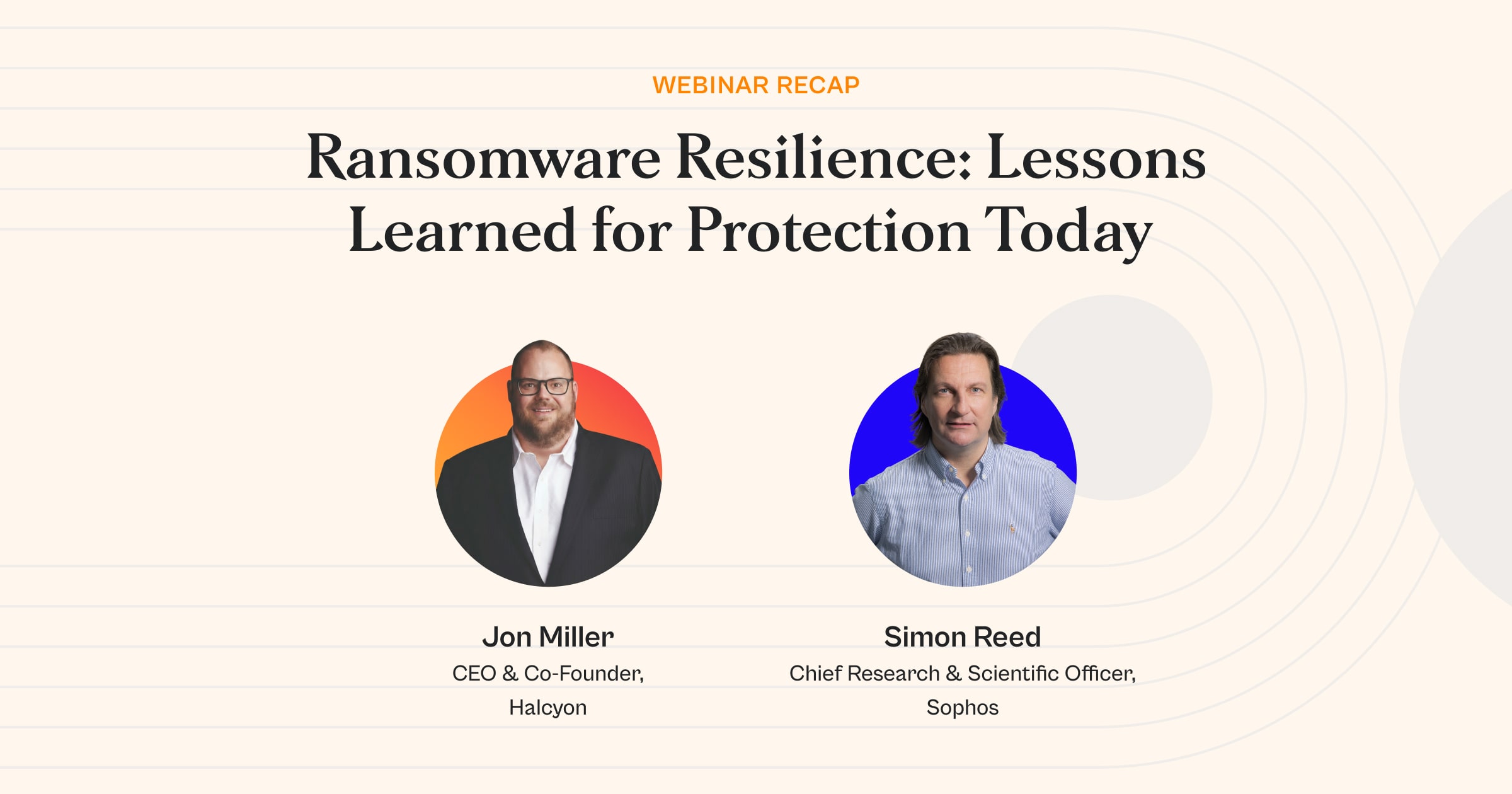Ransomware Attack on Financial Institutions Average $6.08 Million in Losses

Financial institutions are facing an intensifying wave of ransomware attacks, with 2024 seeing an average breach cost of $6.08 million per incident—a 10% increase over the prior year, Cybersecurity News reports.
Researchers documented 3,348 global ransomware attacks on banking infrastructure, revealing a shift in tactics toward more complex, multi-stage operations. These attacks often begin with reconnaissance, followed by lateral movement exploiting identity management flaws to gain privileged access. Once inside, attackers exfiltrate sensitive data before deploying encryption payloads.
Researchers noted a troubling evolution: ransomware groups are now using “triple extortion” techniques—combining encryption, data theft, and DDoS attacks to increase pressure on victims.
Beyond ransom demands, financial institutions face steep costs tied to regulatory violations, system recovery, and long-lasting reputational damage. Detection and containment often take 258 days, during which operational disruptions escalate.
Impact is also seen in market performance, with stock prices typically falling by 2.3% within days, and 4.6% over two months. Customer churn follows, as account closures surge post-disclosure.
Attackers often use disguised financial document templates containing malicious macros that establish PowerShell backdoors. These payloads are engineered to prioritize and encrypt key banking systems and financial data.
Takeaway: Let’s not sugarcoat it—the financial sector is getting hammered by ransomware. Why? Because the data these institutions hold is often worth more than the ransom itself.
Attackers know it, and that’s why they don’t just encrypt anymore. They steal first, then lock it down, and then threaten to dump it all unless they get paid. That’s double extortion—and it’s become the norm.
The challenge is that this isn’t just an IT problem. When sensitive, regulated data is stolen, it quickly becomes a liability issue for the C-suite and the Board. These are career-ending incidents.
And despite the investments in EPP, EDR, and even XDR tools, the reality is most of these solutions are getting bypassed or killed off before the attack even kicks off. The numbers tell the story: 81% of victims didn’t even know they were under attack until the encryption was done.
That’s a complete failure of detection.
Nearly half of financial orgs end up paying the ransom, and more than 60% of them get their data leaked anyway. This isn’t just a cybersecurity problem—it’s a business continuity crisis. If you’re in finance and you don’t have ransomware-specific resilience baked into your strategy, you’re already behind.
Halcyon.ai eliminates the business impact of ransomware. Modern enterprises rely on Halcyon to prevent ransomware attacks, eradicating cybercriminals’ ability to encrypt systems, steal data, and extort companies – talk to a Halcyon expert today to find out more, and check out our quarterly RaaS and extortion group reference guide, Power Rankings: Ransomware Malicious Quartile.
Related Posts
See Halcyon in action
Interested in getting a demo?
Fill out the form to meet with a Halcyon Anti-Ransomware Expert!





